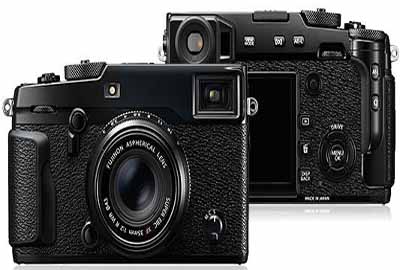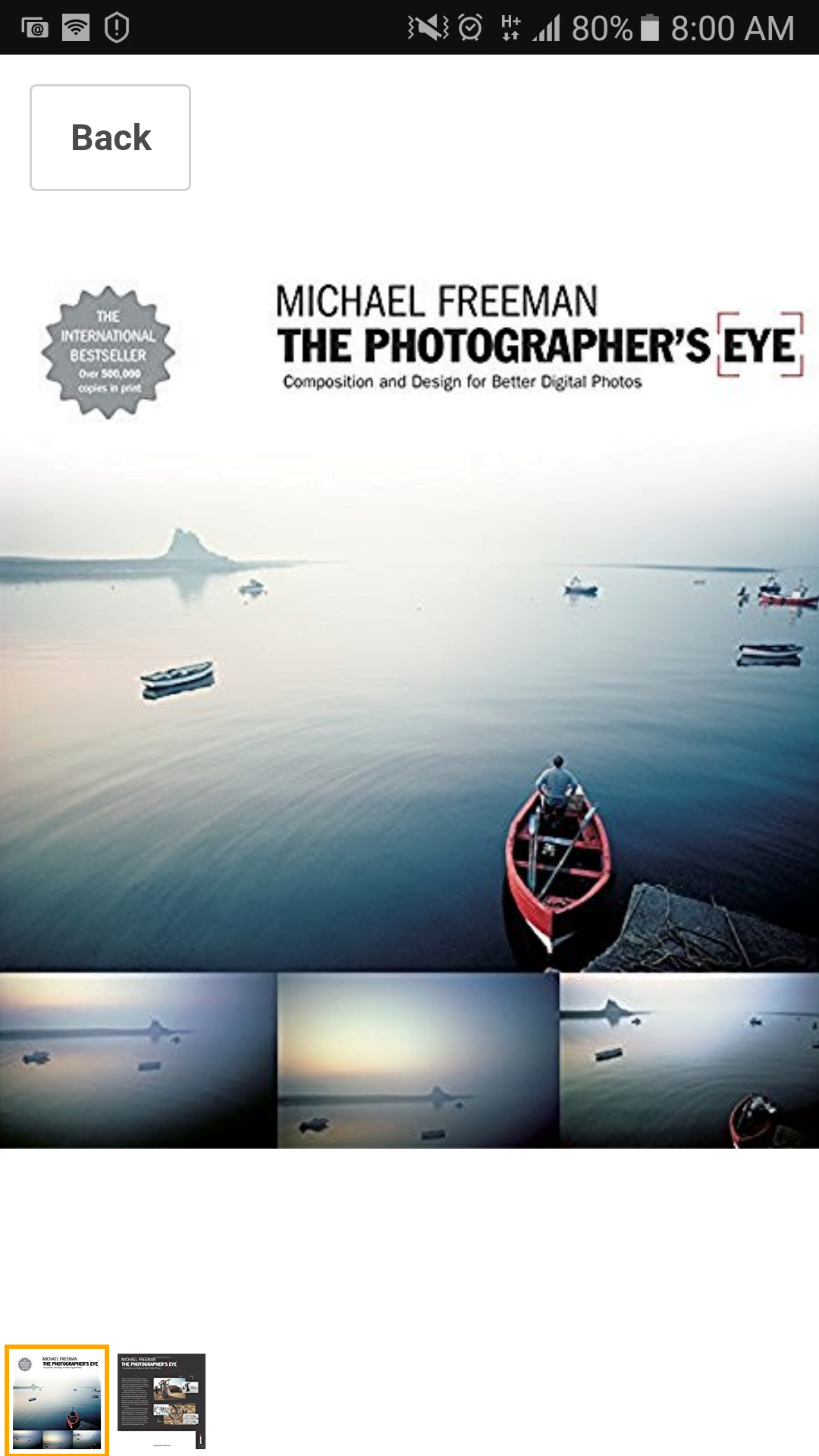Olympus Pen F Review-Style Over Substance?
In this Olympus Pen F Review I shall build on my Olympus Pen F first impressions after having had the camera for quite a while now. Olympus Pen F Review – Features Lets take a look at what the Olympus Pen F offers in terms of features as the latest Olympus camera in the Micro … Continue reading










